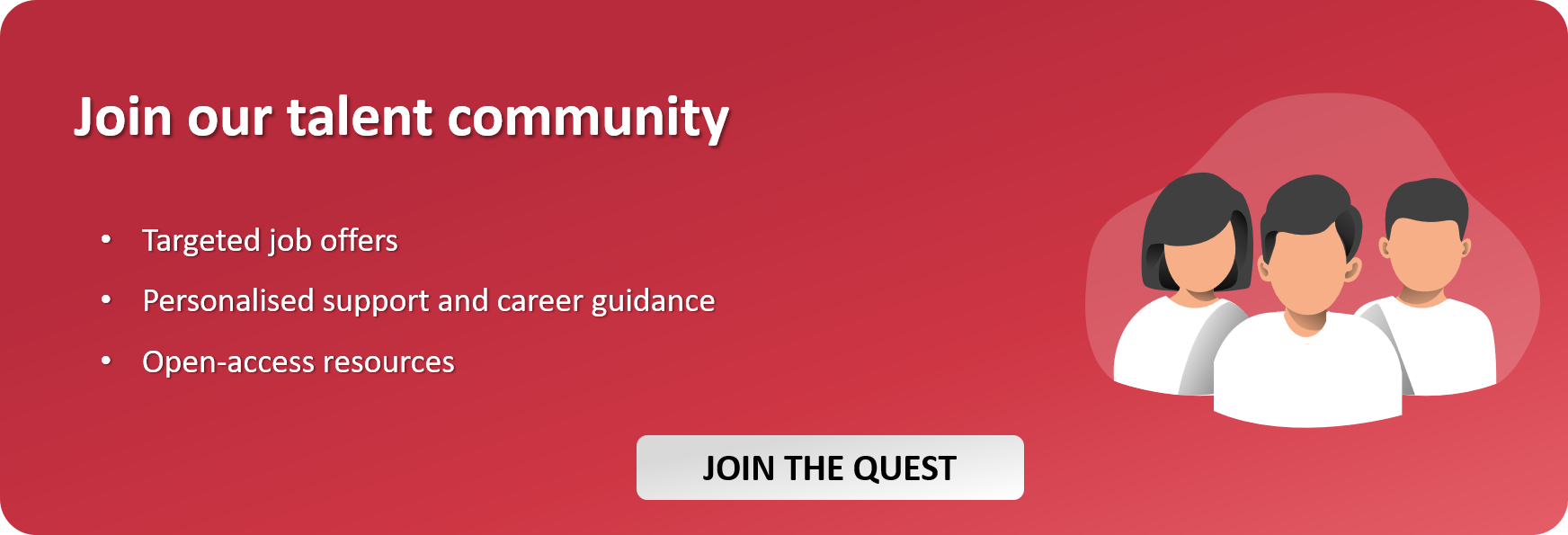The dual health and economic crisis we are going through creates a particularly high level of uncertainty and instability. And it will probably last for a while. How to manage your activity?
In this unprecedented context, independent consultants may fear a drop in the number of new assignments and income. Here are a few thoughts to help you better understand the situation and come up with a strategy to maintain and develop his activity.
Also discover our special guide: IT Job Hunting Done Well: A Step-by-Step Guide
The state of the market
In this period of relative normality, many wonder what the next few months will look like in terms of economic activity. And it is true: the outlook is worrying. All predictions point at GDPs falling across the world’s biggest economies.
While not the hardest hit, the IT industry will nonetheless feel the impact of the Covid-19 crisis. Gartner recently published a new report in which it estimates that global CIO spending will fall by 8% in 2020.
Before the crisis; during the Gartner IT Symposium, October 20, 2019; the same analyst predicted an increase of 3.7% in 2020. Entering now a period of resource management and reassessment, CIOs will suddenly be forced to prioritize critical services.
IT Pros: How to Work On Remote in the Post-Pandemic World
As a result, many projects are and will be postponed. This isn’t a complete market shutdown or outright cancellation of projects, but the impact is going to be heavy nonetheless. And there’s no denying the fact that freelancers are often one of the first to be scratched of the budget.
However, and this is the first reason to remain positive, IT freelancers are also the ones who are called on first when projects restart. (We are already seeing this with the confirmation of many migration projects to SAP S/4HANA). Freelancers offer companies a flexibility that is an obvious advantage in a context where business is unstable and where uncertainty remains.
We should also take a closer look at the IT sector, since its different sub-segments are not impacted uniformly. In some areas, the role of the IT department has even been reinforced by the crisis and certain skills are in greater demand.
With the advent of teleworking in particular, IT departments are under heavy pressure to implement dedicated technologies. While overcoming the cybersecurity challenges that go hand in hand with this trend.

Manage you activity: Tips for adapting in times of crisis
Several best practices can be recommended to manage your activity in times like these. The choice of industry is the first element that deserves the attention of IT freelancers looking for a job. If this choice was already important before the crisis; now it is even more so as all the sectors of activity do not suffer the same impact.
It is, therefore, advisable to sectors that are experiencing a strong peak in activity due to the Covid-19 crisis. Such as mass distribution, health or even online entertainment and education.
The second tip is flexibility. More than ever, the independent consultant needs to adapt to changing situations and be more flexible on certain criteria for choosing an assignment, such as the location or the context of the assignment. It is not about accepting just anything or being underpaid, but simply about punctually and opportunely expanding your usual criteria. For example, it may be wise to position yourself more in the area of TMA (third-party application maintenance) and carry out small assignments rather than embarking on full-fledged projects.
It is also important to pay special attention to your “self-marketing.” As always, you must know how to sell yourself. This can start by taking stock of your skills and aspirations to properly orient the way of presenting yourself before employers. Being active on social and professional online networks is also something that will help you stand out from the crowd and develop new connections.
Finally, you have to continue to train and learn, all while cultivating your softer skills. Keep in mind that the ability to adapt in times of crisis and other interpersonal skills can often make the difference between two similar candidate profiles.
Stay positive
Focus on the positive. We know that we have entered a difficult and complicated period from an economic point of view. However, as we have seen, there are several things that should keep IT freelancers positive. First of all, the IT sector is largely spared compared to other sectors (tourism, catering, hotel industry, etc.).
Secondly, the pandemic has strengthened the role of IT departments (setting up teleworking, cybersecurity, etc.), and the current circumstances can encourage companies to resort to hiring more freelancers.

























